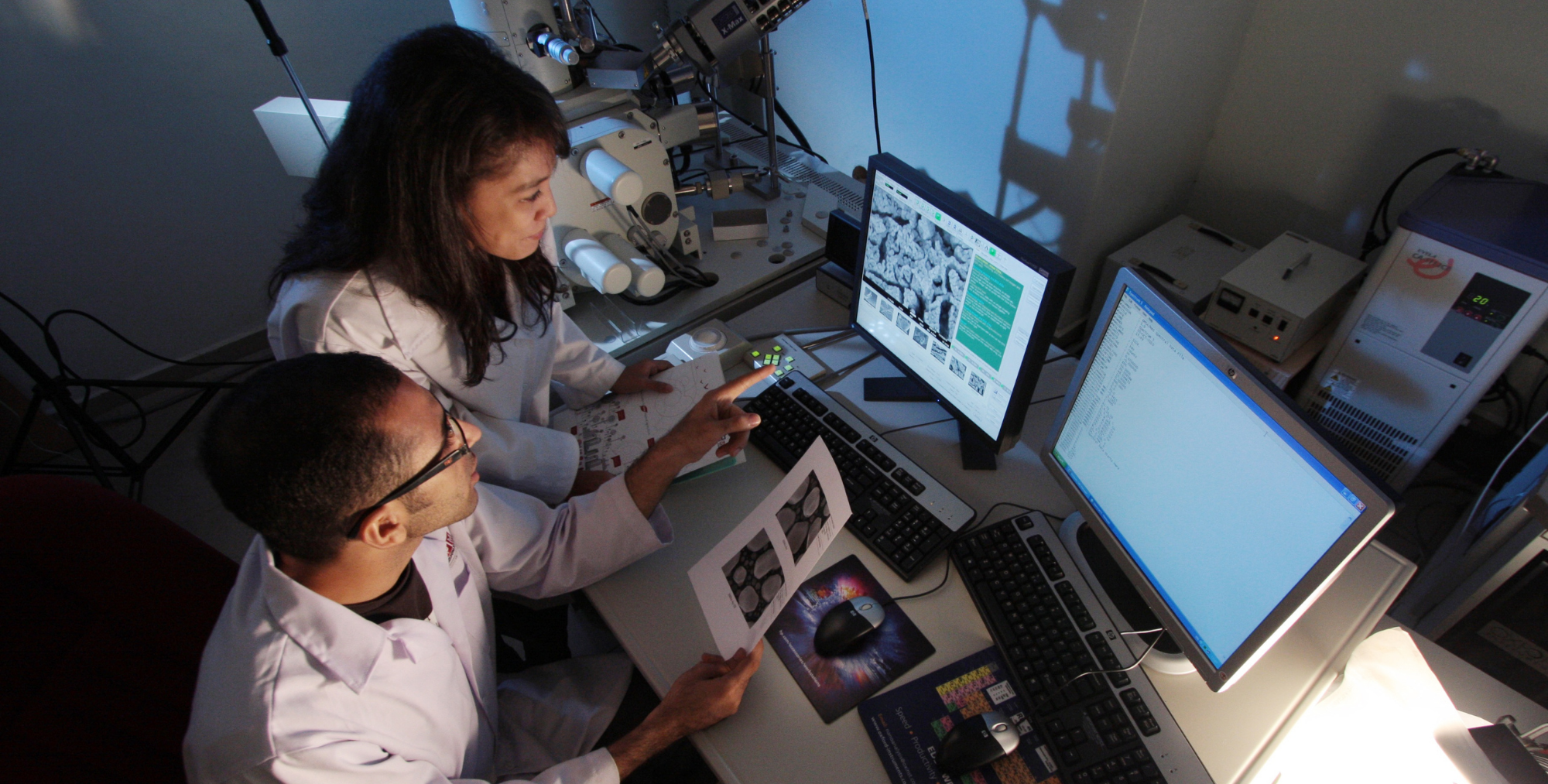Mastering Lead Generation in the R&D Market

Generating leads in the specialized world of Research and Development (R&D) requires precision, relevance, and trust-building—not just casting a wide net. This case study maps out actionable strategies for connecting with decision-makers, researchers, and innovators, transforming interest into meaningful relationships.
Challenges in R&D Lead Generation
- 🔍 Complex Decision-Making Process: Securing approval often involves cross-functional teams, including researchers, technical experts, and procurement leaders.
- 🎯 Niche Audience: Marketing efforts must cater to a highly technical, detail-oriented audience that demands in-depth, credible information.
- ⏳ Extended Sales Cycles: The journey from initial contact to a closed deal can span months, requiring sustained communication and engagement.
Strategic Approach to Lead Generation
1. Build Authority with Educational Content
In the R&D sector, content is not just information—it’s a key to building trust. Here’s how to make it count:
- 📚 Publish whitepapers and case studies that highlight real solutions to industry challenges, like improving lab efficiency or enhancing testing accuracy.
- 🎥 Host webinars or video tutorials showcasing product applications, making complex concepts approachable and actionable.
- 📹 Develop short explainer videos for social platforms, capturing attention with clarity and impact.
2. Meet Your Audience Where They Are
Effective outreach means being where your audience searches for answers:
- 🔗 LinkedIn: Use targeted InMail campaigns and sponsored content to connect with R&D leaders and decision-makers in relevant industries.
- 🔎 Google Ads: Target high-intent keywords such as “biotech R&D solutions” to attract professionals actively seeking solutions.
- 🌐 SEO: Optimize your website and content to rank higher for the technical terms your audience is searching for.
Explore more about lead generation strategies tailored for precision targeting.
3. Personalize Every Step of the Journey
Leads aren’t just data points—they’re professionals seeking solutions. Make your interactions count:
- 🤝 Use CRM tools like HubSpot or Salesforce to track lead behavior, segment your audience, and tailor follow-ups.
- 📧 Send targeted email campaigns using Mailchimp, offering helpful resources like product guides or research reports.
- 📑 Provide downloadable resources tailored to your audience, such as specifications for pharmaceutical labs or engineering workflows.
4. Make It Personal with Events
Events provide a unique opportunity for real-time connection and lasting impressions:
- 🛠️ Organize workshops & webinars where your participants to experience your solutions firsthand.
- 🎤 Organize side events at industry conferences, creating exclusive opportunities to engage with potential clients.
Discover how event management can bring your ideas to life.
Application Example
For a diagnostic tools provider in pharmaceutical research, here’s how this approach could unfold:
- 📄 Content Creation: Publish a whitepaper titled “Reducing Errors in Diagnostic Testing with Advanced Tools.”
- 📊 Digital Outreach: Launch a LinkedIn campaign targeting biotech R&D directors, promoting a webinar about your innovations.
- 📩 Lead Nurturing: Use HubSpot to follow up with webinar attendees, offering consultations or personalized demos.
Conclusion
Lead generation in the R&D sector is both an art and a science, blending tailored content, strategic outreach, and personalized engagement. Platforms like LinkedIn and Google Ads help you find the right people, while tools like HubSpot and Mailchimp enable meaningful, data-driven connections. Combine these strategies with thoughtful branding, content creation, and event management for a holistic approach to success.
Explore our expertise in content creation, and lead generation to elevate your R&D marketing efforts.


